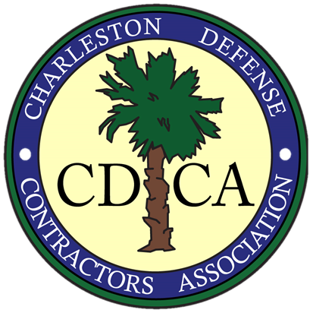CHARLESTON, South Carolina – The Navy’s current and future success in the ever-changing modern battlefield relies heavily on maintaining a technical advantage and leveraging industry partnerships, a top Navy official said.
“If we’re ever directly pulled into a conflict, our success is going to be based on our technical advantage and the interoperability of our systems,” said Dr. Brett Seidle, deputy assistant secretary of the Navy for research, development, technology and evaluation, in his keynote speech at the Eastern Defense Summit in Charleston, South Carolina, on Dec. 7. “That advantage is driven by all of us. It’s driven by our Naval research and development establishment, it’s driven by industry and the capabilities that you bring to the commercial sector.”
Government, along with industry, must be jointly responsible for the technical strategy of the Navy, utilizing its combined knowledge, depth and personnel, he said.
“At the end of the day, it’s our job to provide our greatest assets, our sailors, men and women of the armed services, incredible capability,” he said. “So if they’re ever in a high-end fight, they have an unfair advantage. That’s really what it’s all about. If they come back safely, and we defend our way of life.”
Maintaining a technical advantage over peer and near-peer competitors is both vital and extremely difficult, as the modern battlefield evolves at an extremely fast pace. As the battlefield changes, how the Navy fights and operates must also change, he said.
“We’re already seeing those impacts on the field of battle in Ukraine,” Seidle said. “We’re seeing the advent of autonomous systems and drones and seeing how much impact that has had on that particular conflict.”
It is imperative that the Navy is fully prepared for and vigilant of how the future fight will evolve, especially as international conflicts in Ukraine and Israel evolve.
“Whether it’s artificial intelligence, long range fires, machine learning, directed energy, autonomous systems, I am absolutely convinced that change is coming,” he said. “I’m not 100 percent sure when that’s going to happen. But I am sure it’s going to happen on our watch. It’s going to happen on our watch, and we need to be ready for it. And we need to be ready to be moving quickly and bring the capability to bear in those moments, so that we’re ahead of that game.”
The Navy cannot be “ahead of the game” without the help of its industry partners and the defense industrial base; its largest asset is leveraging these partnerships in order to more effectively and more quickly face modern challenges, like the rapid pace of technology.
“We clearly need to lean into the relationships that we have with [industry] to do that better. Because we’re not doing everything,” he said. “The pace of technology change is just through the roof, and it continues to increase. And we now have a pacing threat in China. That means we can’t rely on [just ourselves.] It’s more critical than ever that we figure out ways to be agile in our execution.”
In times of intense political unrest, both nationally and across the world, it is all the more vital that the Navy maintain its technical advantage and utilize industry to strengthen strategic deterrence and prepare for potential conflict, particularly in the Indo-Pacific, he added.
“Our presence in [those] arenas, for this nation, affects geopolitical decisions, impacts things that are happening, all through the course of the future and history,” Seidle said. “It’s important for us right now to lead by example. It’s important for us to ensure that we maintain that status, because it’s important for our way of life. It’s important in the world. It’s important because we’re always present out there trying to do the right thing.”




